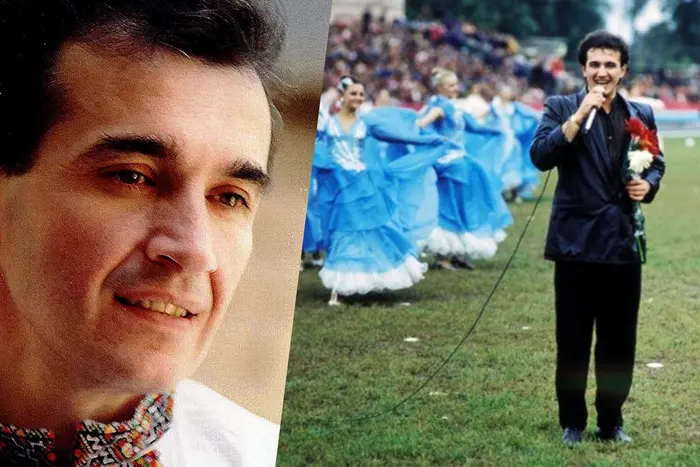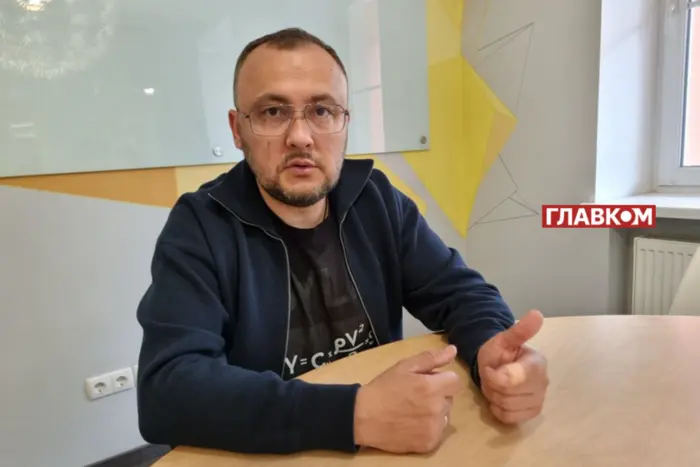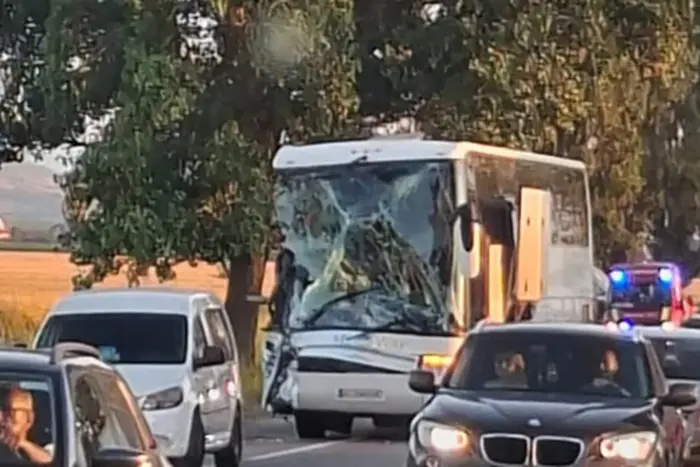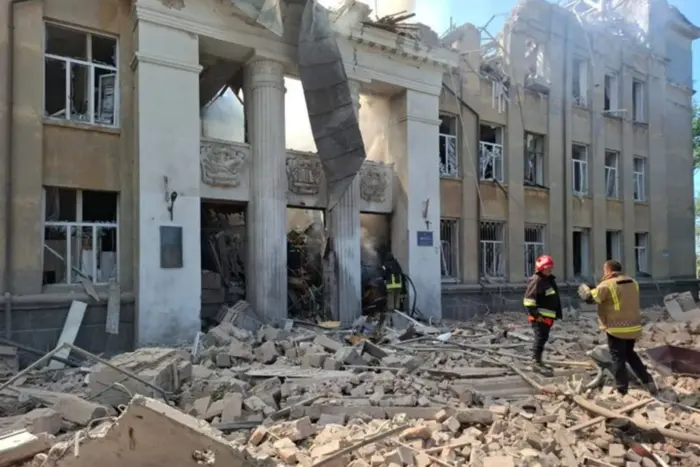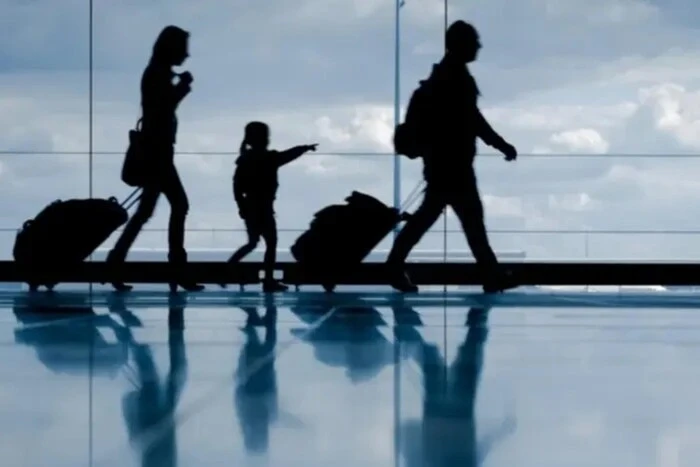Scientists Developed 'Cat Eyes' for Drones: What This Technology Can Do.


Scientists have developed a new computer vision system resembling a cat's eye, which allows military drones and robots to track targets even in low visibility and changing conditions. Thanks to these 'eyes', drones will be able to see the surrounding environment with incredible precision. This information is conveyed by LiveScience.
Although robots, driverless cars, and other autonomous systems are increasingly spreading, they still have problems with 'vision' in various conditions. For instance, unmanned vehicles do not function well in rain or fog, as these conditions interfere with cameras and sensors.
Recently, scientists developed a system with special lenses and sensors that operate like a cat's eye and improved the ability to recognize objects. The cat's eye was chosen as a prototype because of its ability to see both day and night. In daylight, a cat's pupil has a vertical slit that filters light and reduces glare, helping the cat focus. In the dark, the pupil expands to let in more light thanks to a layer called tapetum lucidum, which reflects light back through the retina, enhancing the visibility of photoreceptors.
Similar to a cat's eye, the new system uses a diaphragm to filter excessive light and employs reflective layers that improve visibility under low light conditions.
Robotic cameras often encounter the challenge of detecting objects against an active or camouflaged background, especially when lighting changes. Our development addresses this issue by blurring irrelevant details and focusing on key objects,explained the study's lead author Yang Min Song, a professor of electronic engineering at the Gwangju Institute of Science and Technology (GIST) in South Korea.
The scientist emphasized that the system uses special lenses rather than powerful computational processing, making it more energy-efficient.
During testing, scientists found that the system successfully blurs background objects while keeping focus on the target. They also used a neural network—a set of machine learning algorithms—which helps the system better recognize important objects.
For practical application of the system in real conditions, scientists need to increase the pixel resolution of the field of view. In the future, this system could be used in robots and machines, including military drones and surveillance robots. Researchers are confident that soon this technology will allow robots to locate, track, and recognize targets in dynamic conditions where ordinary cameras are often ineffective.
Read also
- Hundreds of thousands of Moscow agents: the ominous prediction of Nazariy Yaremchuk from his diary
- The ambassador revealed the 'scariest myth' about Ukrainian women, spread in Poland
- Traffic accident involving Ukrainians in Romania: Ministry of Foreign Affairs reveals details
- International Criminal Court Reports Cyberattack
- UN: War in Ukraine Becomes Deadlier for Civilians
- Denmark Eases Rules for Foreign Workers

